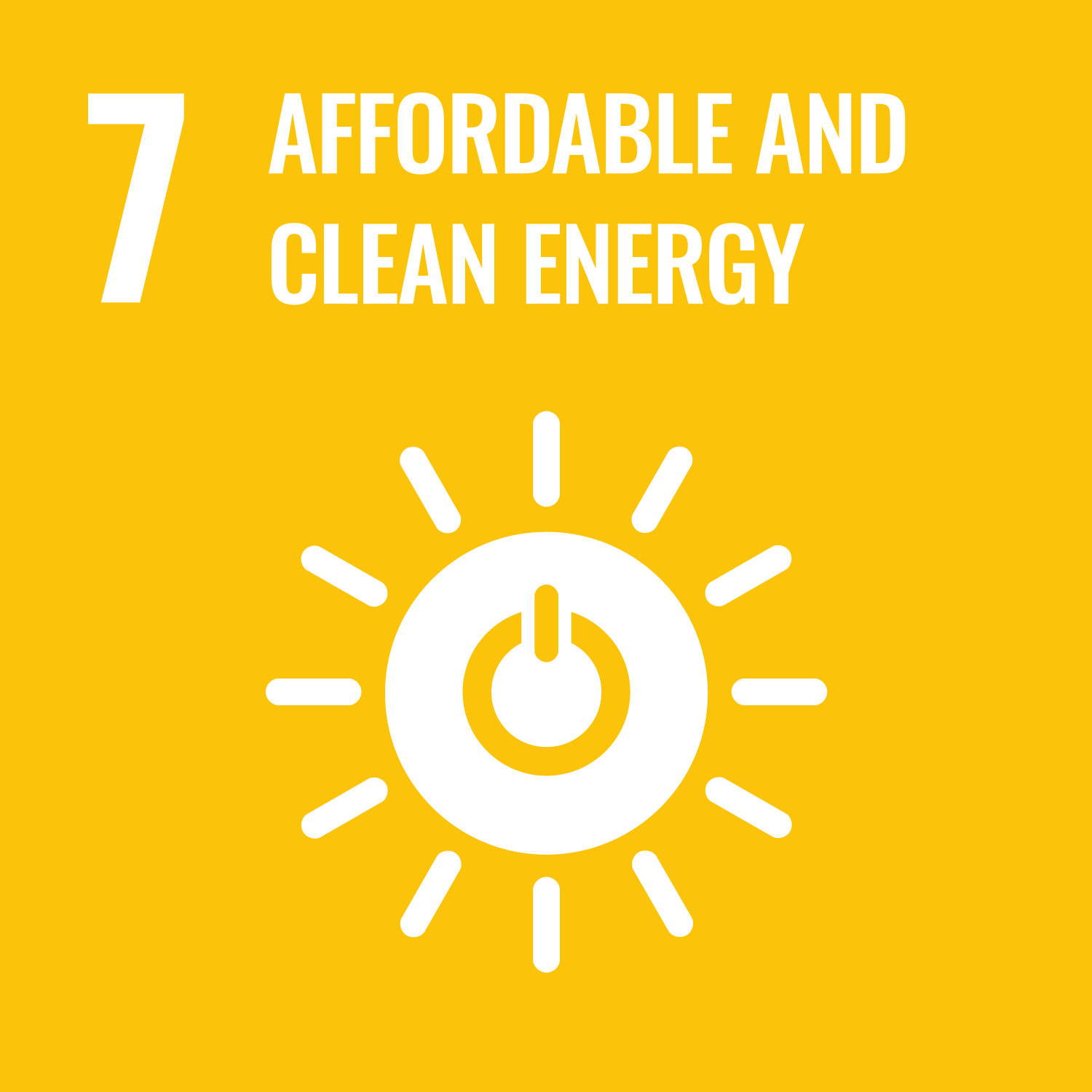ORCID
- EJ Ransley: 0000-0003-1446-7907
- DM Greaves: 0000-0003-3906-9630
Abstract
A number of wave energy device developers have now successfully tank-tested scale-model prototypes and several are attempting full-scale deployment at sea [1]. Many believe the superior survivability of simple, buoy-like designs make them the most economically viable solutions [2, 3]. Developers of so called ‘point-absorbers’ hope to install multiple devices in arrays, offering considerable savings in terms of moorings, grid connections and maintenance. It is recognised that the additional hydrodynamic interactions between devices, from scattered and radiated waves within the array, can significantly alter the surface elevation and enhance the interaction factor, q, defined as the ratio of power from the array to that from the same number of isolated devices [4-6]. In contrast to traditional offshore structures, like floating platforms [7], enhancements due to these interactions could have practical benefit in the effective design of wave energy converter (WEC) arrays [8]. However, these interactions depend on numerous system variables leading to a complex array transfer function, referred to here as the Configuration Response Amplitude Operator (CRAO). There exists a CRAO specific to each possible configuration, consisting of a set of q-factors which describe the output of the array, compared to isolated devices, as a function of incident wave frequency and direction. Research directly concerning WEC arrays has focussed primarily on optimal response; however, there has been limited success in designing optimal array configurations over a range of incident wave conditions. Some novel control methods have been suggested [9, 10] and this work considers combining multiple oscillatory modes as one possible method, differing from the majority of the literature which considers single mode oscillation only (usually heave).
Publication Date
2012-04-25
Event
in Proceeding of the 27th International Workshop on Water Waves and Floating Bodies,
Publication Title
Default journal
Recommended Citation
Ransley, E., & Greaves, D. (2012) 'Investigating interaction effects in an array of multi-mode wave energy converters', Default journal, . Retrieved from https://pearl.plymouth.ac.uk/secam-research/16


